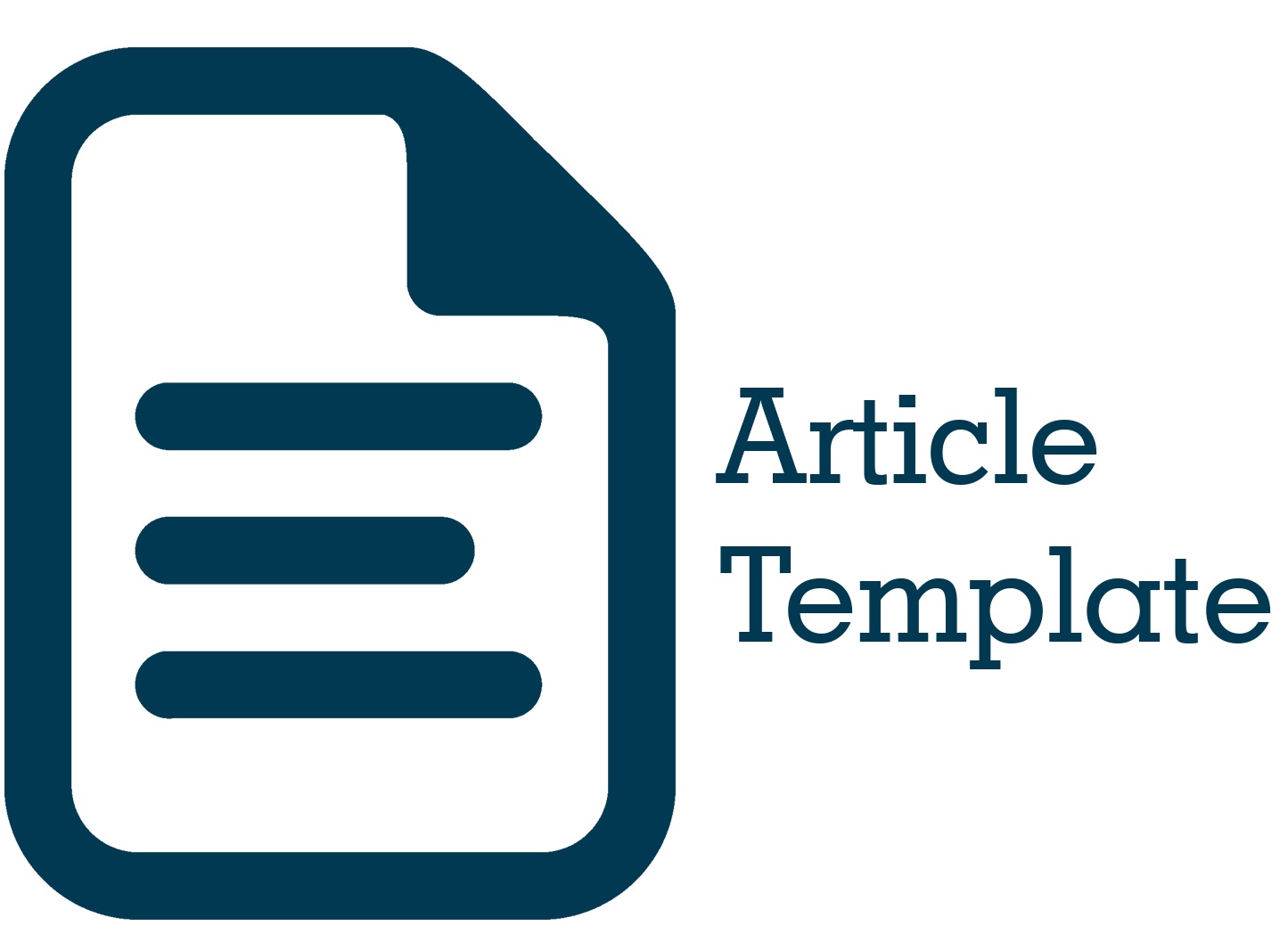Analisis Metode Job Order Costing Untuk Menentukan Harga Jual Ecoprint Dalam Perspektif Bisnis Syariah
DOI:
https://doi.org/10.51135/PublicPolicy.v5.i1.p249-268Keywords:
Job Order Costing, Selling Price, EcoprintAbstract
The uniqueness of ecoprint fabric in batik, serving as an iconic symbol of the Indonesian nation. The intricate and distinctive production process leads to varying selling prices. However, a challenge lies in the inaccurate estimation of production costs and product selling prices. This prompts the need for studies on determining product prices in line with Sharia principles from a Sharia business perspective. The research problem formulation includes determining production costs using the job order costing method for Jati Aji ecoprint batik products, selecting a method for determining ecoprint batik selling prices, and establishing selling prices from a Sharia business perspective. The research employs a qualitative method, utilizing field observation, interviews, and literature study for data collection. The results reveal that Jati Aji batik hasn't implemented the job order costing method, prompting the researcher to provide calculation recommendations. Pricing methods involve demand-based, cost-based, profit-based, and competition-based pricing. Determining the selling price of ecoprint products aligns with the thoughts of Muslim leaders, emphasizing fair and reasonable prices based on demand and supply.
Downloads

Downloads
Published
How to Cite
Issue
Section
License
Authors whose manuscripts are published in the Journal of Public Policy must agree to the following terms;
- Publication rights for all manuscript materials published are held by the editorial board with the author's consent.
- The legal formalities for digital access to the Journal of Public Policy are subject to the Creative Commons Attribution Sharealike (CC BY SA) license, which means the Journal of Public Policy has the right to store, redistribute, reformat, manage in a database, maintain, and publish the manuscript without seeking permission from the author as long as the author's name is included as the copyright owner.
- Published manuscripts are open access for the purpose of disseminating research results. Besides this purpose, the editorial board is not responsible for copyright law violations.


.png)



